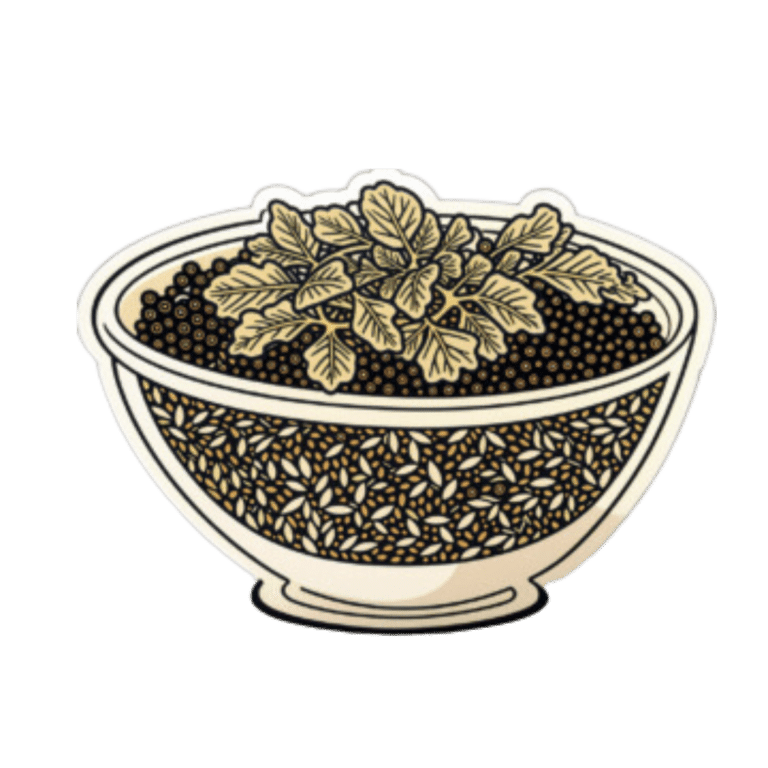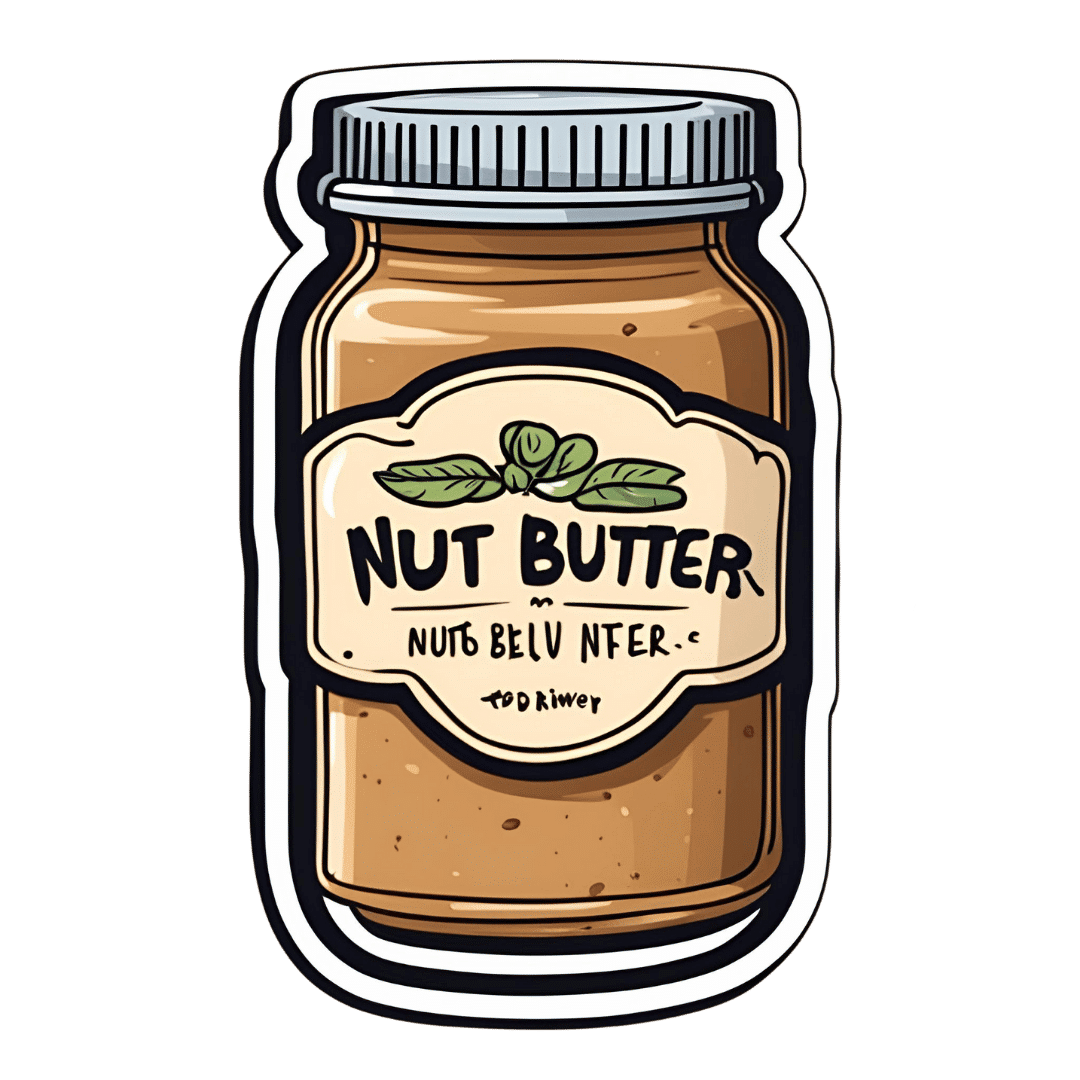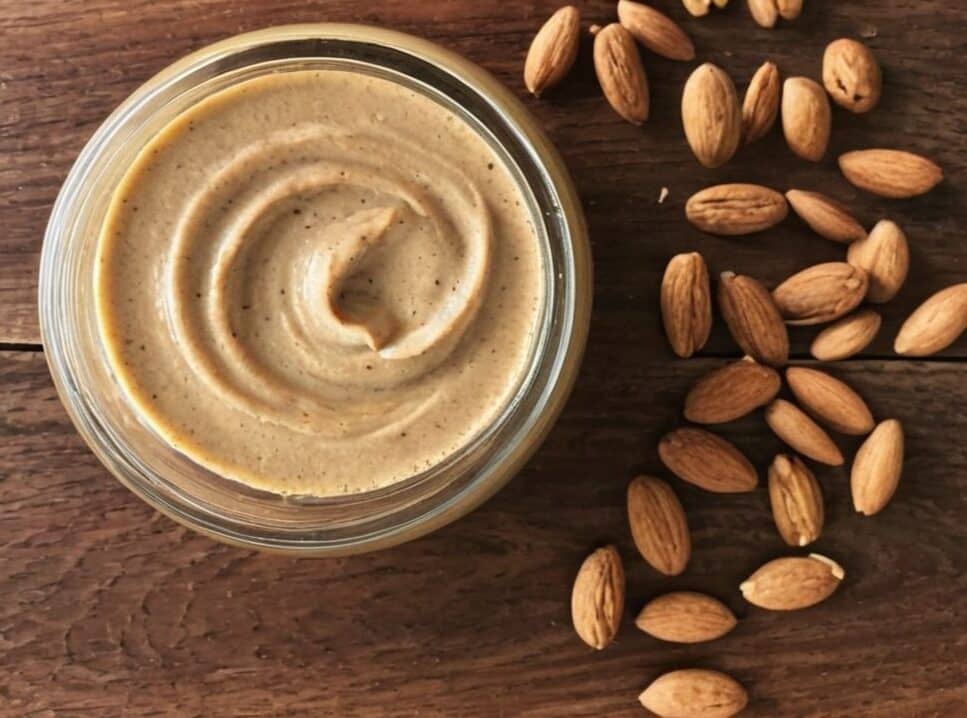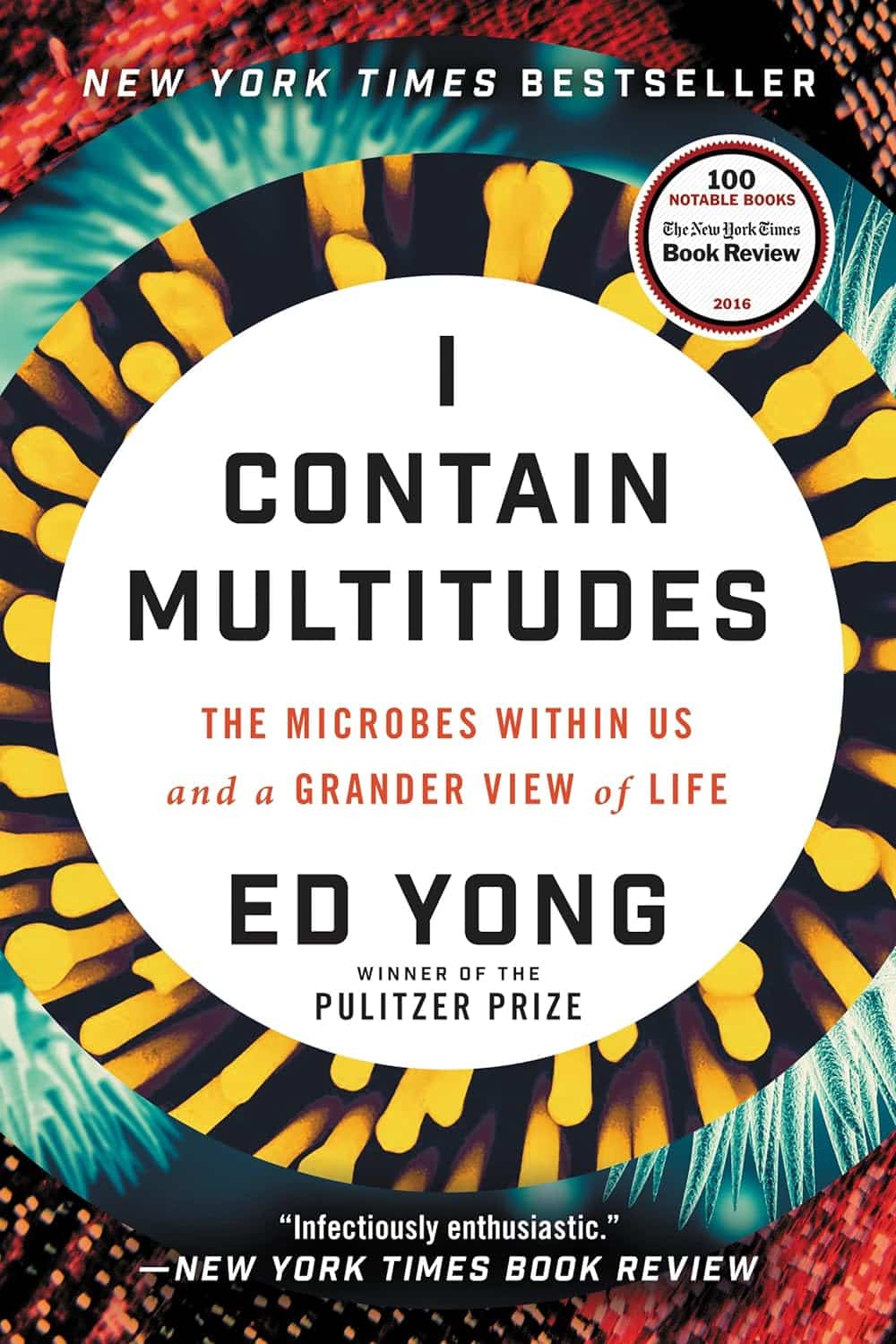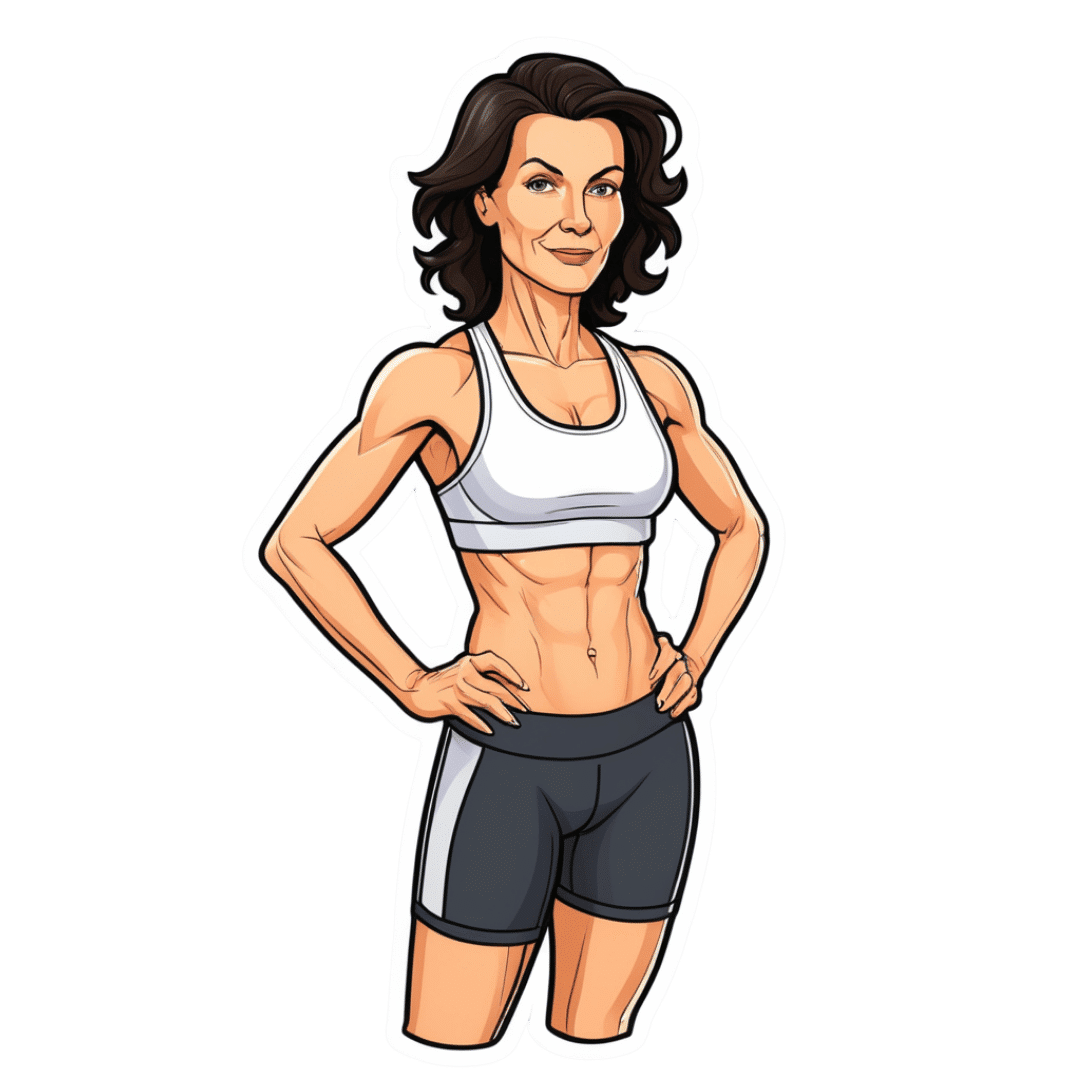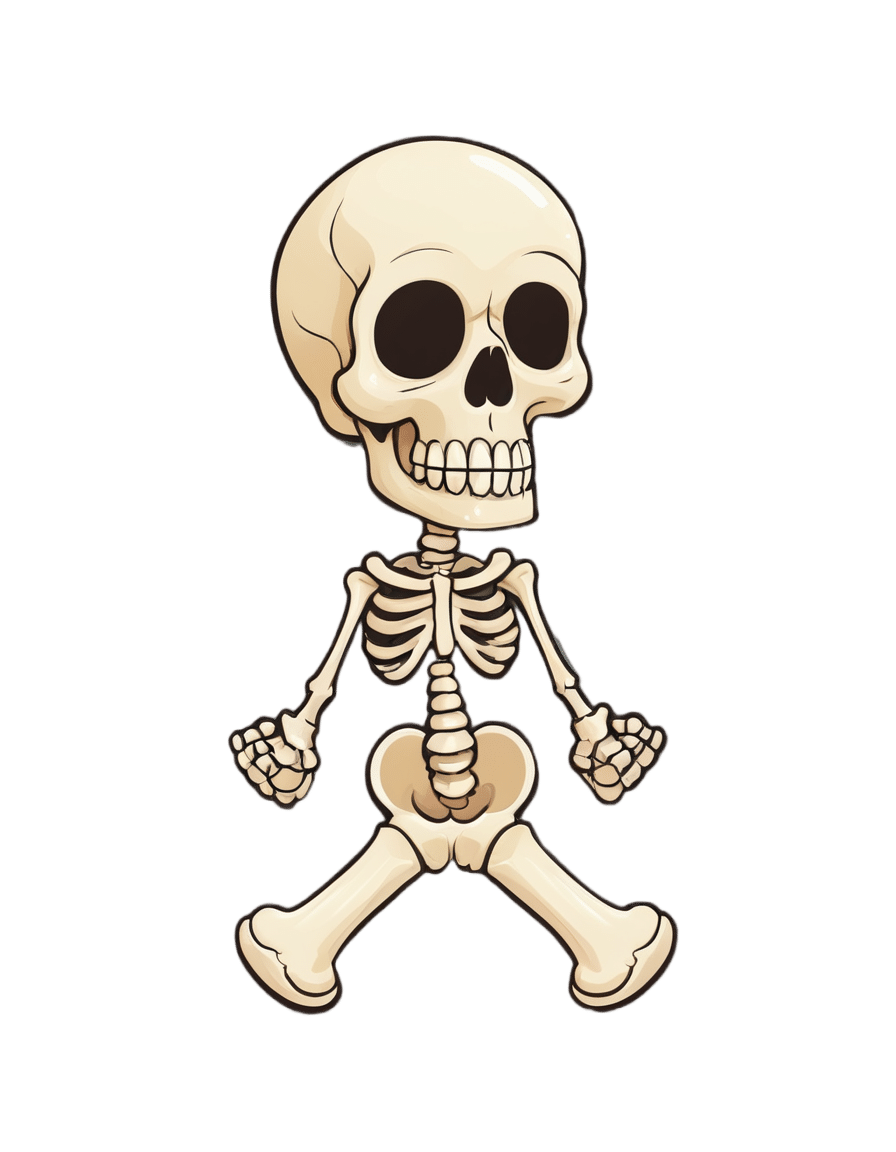
Healthy Tiramisu
10almonds is reader-supported. We may, at no cost to you, receive a portion of sales if you purchase a product through a link in this article.
Tiramisu (literally “pick-me-up”, “tira-mi-su”) is a delightful dish that, in its traditional form, is also a trainwreck for the health, being loaded with inflammatory cream and sugar, not to mention the cholesterol content. Here we recreate the dish in healthy fashion, being loaded with protein, fiber, and healthy fats, not to mention that the optional sweetener is an essential amino acid. The coffee and cocoa, of course, are full of antioxidants too. All in all, what’s not celebrate?
You will need
- 2 cups silken tofu (no need to press it) (do not substitute with any firmer tofu or it will not work)
- 1 cup oat cream (you can buy this ready-made, or make it yourself by blending oats in water until you get the desired consistency) (you can also just use dairy cream, but that will be less healthy)
- 1 cup almond flour (also simply called “ground almonds”)
- 1 cup espresso ristretto, or otherwise the strongest black coffee you have facility to make
- ¼ cup unsweetened cocoa powder, plus more for dusting
- 1 pack savoiardi biscuits, also called “ladyfinger” biscuits (this was the only part we couldn’t make healthy—if you figure out a way to make it healthy, let us know!) (if vegan, obviously use a vegan substitute biscuit; this writer uses Lotus/Biscoff biscuits, which work well)
- 1 tsp vanilla essence
- ½ tsp almond essence
- Optional: glycine, per taste
- Garnish: roasted coffee beans
Method
(we suggest you read everything at least once before doing anything)
1) Add glycine to the coffee first if you want the overall dish to be sweeter. Glycine has approximately the same sweetness as sugar, and can be used as a 1:1 substitution. Use that information as you see fit.
2) Blend the tofu and the oat cream together in a high-speed blender until smooth. It should have a consistency like cake-batter; if it is too liquidy, add small amounts of almond flour until it is thicker. If it’s too thick, add oat cream until it isn’t. If you want it to be sweeter than it is, add glycine to taste. When happy with its taste and consistency, divide it evenly into two bowls.
3) Add the vanilla essence and almond essence to one bowl, and the cocoa powder to the other, mixing well (in a food processor, or just by using a whisk)
4) Coat the base of a glass dish (such as a Pyrex oven dish, but any dish is fine, and any glass dish will allow for viewing the pretty layers we’ll be making) with a very thin layer of almond flour (if you want sweetness there, you can mix some glycine in with the almond flour first).
4) One by one, soak the biscuits briefly in the coffee, and use them to line to base of the dish.
5) Add a thin layer of chocolate cream, ensuring the surface is as flat as possible. Dust it with cocoa powder, to increase the surface tension.
6) Add a thin layer of vanilla-and-almond cream, ensuring the surface is as flat as possible. Dust it with cocoa powder, to increase the surface tension.
7) Stop and assess: do you have enough ingredients left to repeat these layers? It will depend on the size and shape dish you used. If you do, repeat them, finishing with a vanilla-and-almond cream layer.
8) Dust the final layer with cocoa powder if you haven’t already, and add the coffee bean garnish, if using.
9) Refrigerate for at least 8 hours, and if you have time to prepare it the day before you will eat it, that is best of all.

Enjoy!
Want to learn more?
For those interested in some of the science of what we have going on today:
- Easily Digestible Vegetarian Protein Sources
- Why You Should Diversify Your Nuts!
- The Bitter Truth About Coffee (or is it?)
- The Sweet Truth About Glycine
- Tiramisu Crunch Bites ← craving tiramisu but not keen on all that effort? Enjoy these!
Take care!
Don’t Forget…
Did you arrive here from our newsletter? Don’t forget to return to the email to continue learning!
Recommended
Learn to Age Gracefully
Join the 98k+ American women taking control of their health & aging with our 100% free (and fun!) daily emails:
-
Healthiest-Three-Nut Butter
10almonds is reader-supported. We may, at no cost to you, receive a portion of sales if you purchase a product through a link in this article.
We’re often telling you to “diversify your nuts”, so here’s a great way to get in three at once with no added sugar, palm oil, or preservatives, and only the salt you choose to put in. We’ve picked three of the healthiest nuts around, but if you happen to be allergic, don’t worry, we’ve got you covered too.
You will need
- 1 cup almonds (if allergic, substitute a seed, e.g. chia, and make it ½ cup)
- 1 cup walnuts (if allergic, substitute a seed, e.g. pumpkin, and make it ½ cup)
- 1 cup pistachios (if allergic, substitute a seed, e.g. poppy, and make it ½ cup)
- 1 tbsp almond oil (if allergic, substitute extra virgin olive oil) (if you prefer sweet nut butter, substitute 1 tbsp maple syrup; the role here is to emulsify the nuts, and this will do the same job)
- Optional: ¼ tsp MSG or ½ tsp low-sodium salt
Method
(we suggest you read everything at least once before doing anything)
1a) If using nuts, heat your oven to 350℉ / 180℃. Place the nuts on a baking tray lined with baking paper, and bake/roast for about 10 minutes, but keep an eye on it to ensure the nuts don’t burn, and jiggle them if necessary to ensure they toast evenly. Once done, allow to cool.
1b) If using seeds, you can either omit that step, or do the same for 5 minutes if you want to, but really it’s not necessary.
2) Blend all ingredients (nuts/seeds, oil, MSG/salt) in a high-speed blender. Note: this will take about 10 minutes in total, and we recommend you do it in 30-second bursts so as to not overheat the motor. You also may need to periodically scrape the mixture down the side of the blender, to ensure a smooth consistency.
3) Transfer to a clean jar, and enjoy at your leisure:
Enjoy!
Want to learn more?
For those interested in some of the science of what we have going on today:
- Why You Should Diversify Your Nuts!
- Sesame Seeds vs Poppy Seeds – Which is Healthier?
- If You’re Not Taking Chia, You’re Missing Out
- Sea Salt vs MSG – Which is Healthier?
Take care!
Share This Post
-
I Contain Multitudes – by Ed Yong
10almonds is reader-supported. We may, at no cost to you, receive a portion of sales if you purchase a product through a link in this article.
A little while back we reviewed a book (Planet of Viruses) about the role of viruses in our lives, beyond the obvious. Today’s book gives the same treatment to microbes in general—mostly bacteria.
We all know about pathogens, and we all know about gut microbiota and that some (hopefully the majority) there are good for our health. This book covers those things too, but also much more.
Pulitzer Prize-winning science writer Ed Yong takes a big picture view (albeit, of some very small things) and looks at the many ways microbes keep us alive, directly or indirectly. From the microbes that convert certain proteins in breast milk into a form that babies can digest (yes, this means we produce nutrients in breast milk that have been evolved solely to feed that bacterium), to those without which agriculture would simply not work, we’re brought to realize how much our continued existence is contingent on our trillions of tiny friends.
The style throughout is easy-reading pop-science, very accessible. There’s also plenty in terms of practical take-away value, when it comes to adjusting our modern lives to better optimize the benefits we get from microbes—inside and out.
Bottom line: if you’d like to learn about the role of microbes in our life beyond “these ones are pathogens” and “these ones help our digestion”, this is the book for you.
Click here to check out I Contain Multitudes, and learn more about yours and those around you!
Share This Post
-
Best Workouts for Women Over 40 To Give Your Metabolism A Makeover
10almonds is reader-supported. We may, at no cost to you, receive a portion of sales if you purchase a product through a link in this article.
After 40, the usual course of events goes: your lean muscle mass decreases, which slows your metabolism and makes it easier to gain fat. At the same time, bone density decreases, increasing the risk of osteoporosis and frailty. This leads to lower mobility, flexibility, and overall frustration.
But it doesn’t have to be that way! Fitness coach Jessica Cooke explains how:
It all depends on this
Strength training helps counteract these effects by increasing lean muscle mass, which boosts metabolism and fat burning. It also improves bone density, reducing the risk of osteoporosis. Plus, it builds strength, fitness, and a toned physique.
The best part? It doesn’t require long workouts—short, effective sessions work best.
While walking is very beneficial for general health, it doesn’t provide the resistance needed to build muscle. Without resistance, your body composition won’t change, and so your metabolism will remain the same. Strength training is essential for burning fat at rest and improving overall fitness.
You don’t have to do high-impact exercises or jumping to see results. Low-impact strength training is effective and gentle on the joints. Lifting weights or using your body weight in a controlled manner will help build muscle and improve strength.
Many women only do cardio and neglect strength training, leading to minimal progress. Another common mistake is overcomplicating workouts—simple, consistent strength training is all you need.
Aim to strength train three times per week for 20 minutes. Focus on compound movements that work multiple muscle groups, such as:
- squats
- lunges
- deadlifts
- press-ups
- shoulder presses
- upright rows
- planks
- glute bridges
- sit-ups
- Russian twists
Start with light (e.g. 2-3 kg) weights and maintain proper form.
For more on all of this, enjoy:
Click Here If The Embedded Video Doesn’t Load Automatically!
Want to learn more?
You might also like:
Don’t Let Menopause Run You Down: 4 Critical Things Female Runners Should Know
Take care!
Share This Post
Related Posts
-
Aspirin, CVD Risk, & Potential Counter-Risks
10almonds is reader-supported. We may, at no cost to you, receive a portion of sales if you purchase a product through a link in this article.
Aspirin Pros & Cons
In Tuesday’s newsletter, we asked your health-related opinion of aspirin, and got the above-depicted, below-described set of responses:
- About 42% said “Most people can benefit from low-dose daily use to lower CVD risk”
- About 31% said “It’s safe for occasional use as a mild analgesic, but that’s all”
- About 28% said “We should avoid aspirin; it can cause liver and/or kidney damage”
So, what does the science say?
Most people can benefit from low-dose daily aspirin use to lower the risk of cardiovascular disease: True or False?
True or False depending on what we mean by “benefit from”. You see, it works by inhibiting platelet function, which means it simultaneously:
- decreases the risk of atherothrombosis
- increases the risk of bleeding, especially in the gastrointestinal tract
When it comes to balancing these things and deciding whether the benefit merits the risk, you might be asking yourself: “which am I most likely to die from?” and the answer is: neither
While aspirin is associated with a significant improvement in cardiovascular disease outcomes in total, it is not significantly associated with reductions in cardiovascular disease mortality or all-cause mortality.
In other words: speaking in statistical generalizations of course, it may improve your recovery from minor cardiac events but is unlikely to help against fatal ones
The current prevailing professional (amongst cardiologists) consensus is that it may be recommended for secondary prevention of ASCVD (i.e. if you have a history of CVD), but not for primary prevention (i.e. if you have no history of CVD). Note: this means personal history, not family history.
In the words of the Journal of the American College of Cardiology:
❝Low-dose aspirin (75-100 mg orally daily) might be considered for the primary prevention of ASCVD among select adults 40 to 70 years of age who are at higher ASCVD risk but not at increased bleeding risk (S4.6-1–S4.6-8).
Low-dose aspirin (75-100 mg orally daily) should not be administered on a routine basis for the primary prevention of ASCVD among adults >70 years of age (S4.6-9).
Low-dose aspirin (75-100 mg orally daily) should not be administered for the primary prevention of ASCVD among adults of any age who are at increased risk of bleeding (S4.6-10).❞
~ Dr. Donna Arnett et al. (those section references are where you can find this information in the document)
Read in full: Guideline on the Primary Prevention of Cardiovascular Disease: A Report of the American College of Cardiology
Or if you’d prefer a more pop-science presentation:
Many older adults still use aspirin for CVD prevention, contrary to clinical guidance
Aspirin can cause liver and/or kidney damage: True or False?
True, but that doesn’t mean we must necessarily abstain, so much as exercise caution.
Aspirin is (at recommended doses) not usually hepatotoxic (toxic to the liver), but there is a strong association between aspirin use in children and the development of Reye’s syndrome, a disease involving encephalopathy and a fatty liver. For this reason, most places have an official recommendation that aspirin not be used by children (cut-off age varies from place to place, for example 12 in the US and 16 in the UK, but the key idea is: it’s potentially dangerous for those who are not fully grown).
Aspirin is well-established as nephrotoxic (toxic to the kidneys), however, the toxicity is sufficiently low that this is not expected to be a problem to otherwise healthy adults taking it at no more than the recommended dose.
For numbers, symptoms, and treatment, see this very clear and helpful resource:
An evidence based flowchart to guide the management of acute salicylate (aspirin) overdose
Take care!
Don’t Forget…
Did you arrive here from our newsletter? Don’t forget to return to the email to continue learning!
Learn to Age Gracefully
Join the 98k+ American women taking control of their health & aging with our 100% free (and fun!) daily emails:
-
Pulse – by Jenny Chandler
10almonds is reader-supported. We may, at no cost to you, receive a portion of sales if you purchase a product through a link in this article.
Beans, chickpeas, and lentils are well-established super-healthy foods, but they’re often not a lot of people’s favorite. And why? Usually because of unhappy associations with boring dishes that can barely be called dishes.
This book raises the bar for pulses of various kinds, and not only provides recipes (180 of them) but also guidelines on principles, tips and tricks, what works and what doesn’t, what makes things better or worse, perfect partners, sprouting, and more.
The recipes themselves are not all vegan, nor even all vegetarian, but the beans are the star throughout. For those who are vegan or vegetarian, it’s easy to make substitutions, not least of all because the author is generous with “try this instead of that” and “consider also” suggestions, to help us tailor each dish to our personal preferences, and even the desired vibe of a given meal.
The dishes are neither overly simplistic (it’s not a student survival cookbook, by any means) nor overly complicated; rather, enough is done to make each dish invitingly tasty, and nothing extraneous or pretentious is added for the sake of being fancy. This is about delicious home cooking, nothing more nor less.
If the book has a weakness, it’s that visual learners will feel the absence of pictures for many recipes. But, the text is clear, the instructions are easy to follow, and a photo for each dish would probably have doubled the cost of the book, at least, while halving the number of recipes.
Bottom line: if you’d like to get more beans and other pulses in your diet, but are unsure how to make it exciting, this is an excellent option.
Click here to check out Pulse, and expand your kitchen repertoire!
Don’t Forget…
Did you arrive here from our newsletter? Don’t forget to return to the email to continue learning!
Learn to Age Gracefully
Join the 98k+ American women taking control of their health & aging with our 100% free (and fun!) daily emails:
-
Foods for Stronger Bones
10almonds is reader-supported. We may, at no cost to you, receive a portion of sales if you purchase a product through a link in this article.
It’s Q&A Day!
Have a question or a request? You can always hit “reply” to any of our emails, or use the feedback widget at the bottom!
This newsletter has been growing a lot lately, and so have the questions/requests, and we love that! In cases where we’ve already covered something, we might link to what we wrote before, but will always be happy to revisit any of our topics again in the future too—there’s always more to say!
As ever: if the question/request can be answered briefly, we’ll do it here in our Q&A Thursday edition. If not, we’ll make a main feature of it shortly afterwards!
So, no question/request too big or small
Q: Foods that help build stronger bones and cut inflammation? Thank you!
We’ve got you…
For stronger bones / To cut inflammation
That “stronger bones” article is about the benefits of collagen supplementation for bones, but there’s definitely more to say on the topic of stronger bones, so we’ll do a main feature on it sometime soon!
Don’t Forget…
Did you arrive here from our newsletter? Don’t forget to return to the email to continue learning!
Learn to Age Gracefully
Join the 98k+ American women taking control of their health & aging with our 100% free (and fun!) daily emails:

